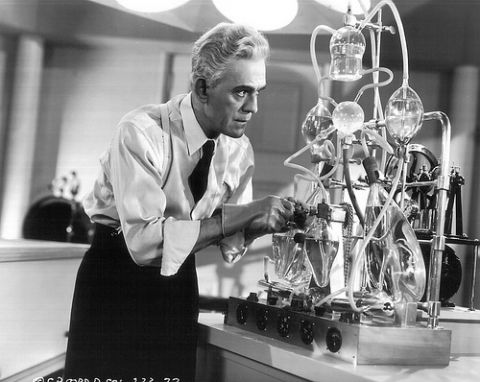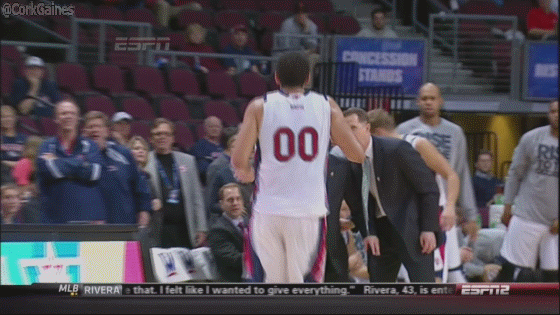Get Lucky
This weekend, a decent, reasonably warm beginning of summer weekend in Western NY, while in the car on my way to either the gym or the gun club or my volunteer work with the homeless, 2013's song of the summer, Daft Punk's 'Get Lucky' came on the radio.
You have to remember 'Get Lucky'. It was peppy, infectious, ubiquitous on the radio and on play lists just a few year's ago. The perfect summer song, probably. For some reason after hearing the song again, and for the first time in a while, I thought about a profile/interview of the guys in Daft Punk, (hardly anyone knows their real names, so I won't bother with them here), that ran in GQ, right around the time when 'Get Lucky' was on high rotation. 
If you don't know much about Daft Punk, you probably know at least this - 'Get Lucky' was their biggest commercial hit, and that Daft Punk are the guys who wear the robot helmets, and have almost never been photographed without them (see pic on right).
The reasons for the helmets, disguises if you will, are as inscrutable as the performers themselves, but probably are not too hard to at least guess at.
By wearing the helmets the Daft Punk guys get to concentrate on the art, not some kind of curated image, (actually it is a curated image, it's just one they define and control 100%), and also get to enjoy life outside of Daft Punk and the helmets as more or less 'normal' people. For international pop stars, the ability to walk down a street in New York or Paris or anywhere else and not be bothered by selfie-seeking fans has to be pretty valuable.
But back to the reason why I thougth about this and wanted to write about a four year-old song and interview.
In the GQ piece, the writer tries to learn more about how some of the songs on Daft Punk's new album were put together. Specifically, he asks which of the two Daft Punkians were responsible for a particular robot voice sound effect that is present on much of the material, as the effect stands out quite a bit.
The answer from Daft Punk?
"It doesn't matter."
Love that answer. The two guys in Daft Punk have their partnership and process down so much, and are so comfortable with each other's position that they don't need to claim ownership of any particular aspect of the creation.
Can you imagine McCartney or Lennon answering a similar question about 'Hey Jude' the same way?
If you are really, truly, going to have a successful partnership or a team, one that can withstand all the ups and downs that naturally are going to test you, I think the Daft Punk position of 'It doesn't matter who did what, just listen to the result" might be the most important and telling condition for that kind of success.
If the robot on the left was interested in tying to make sure he got the credit and the acclaim for every element that he specifically contributed to the results, then you don't really have Daft Punk any longer.
You have two guys dressed in robot costumes.
What's the song of summer 2017?
Have a great week!
 HR tagged
HR tagged  HR,
HR,  Organization,
Organization,  collaboration,
collaboration,  music,
music,  pop culture,
pop culture,  teamwork
teamwork  Email Article
Email Article 
 Print Article
Print Article 




